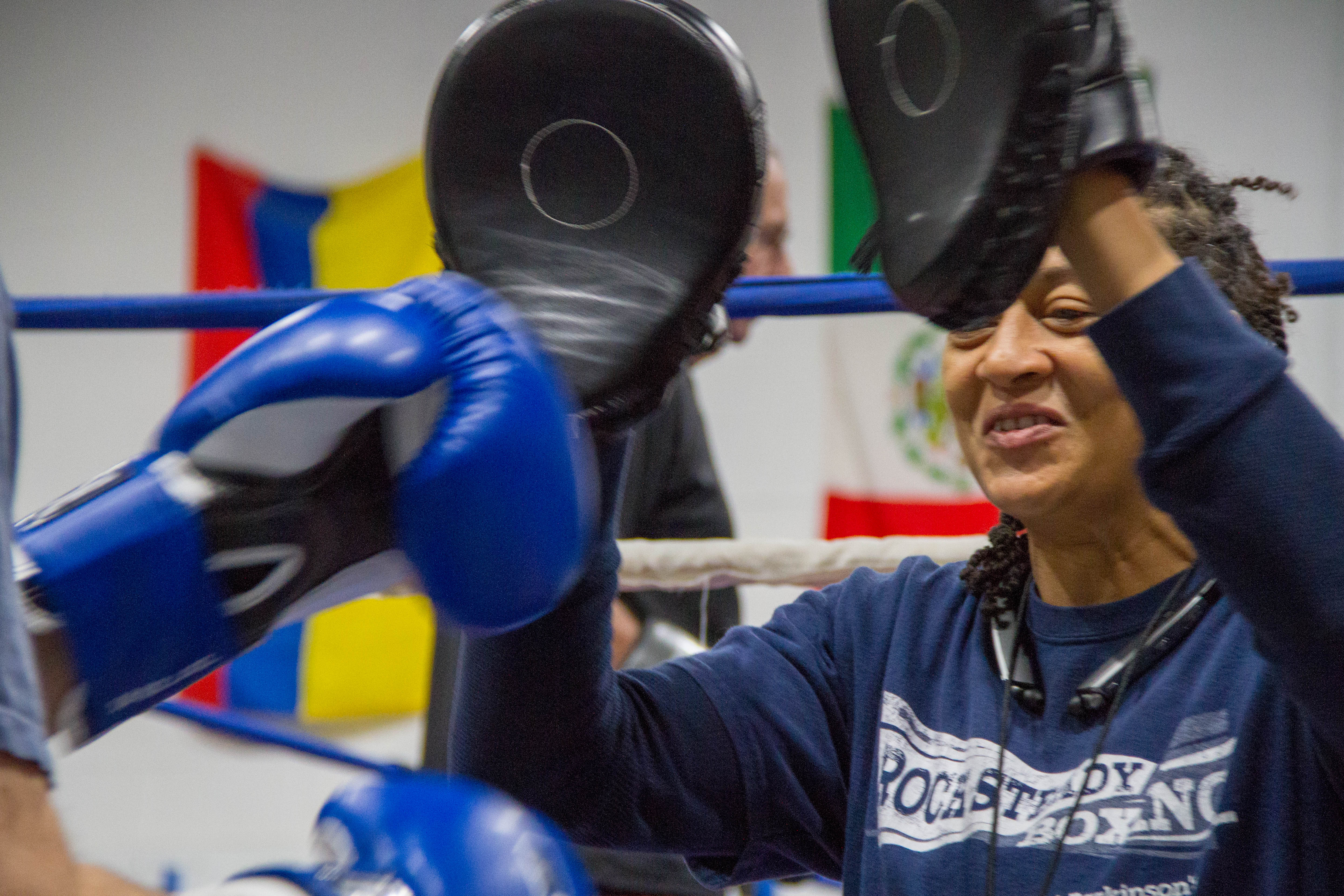
Category: Audio

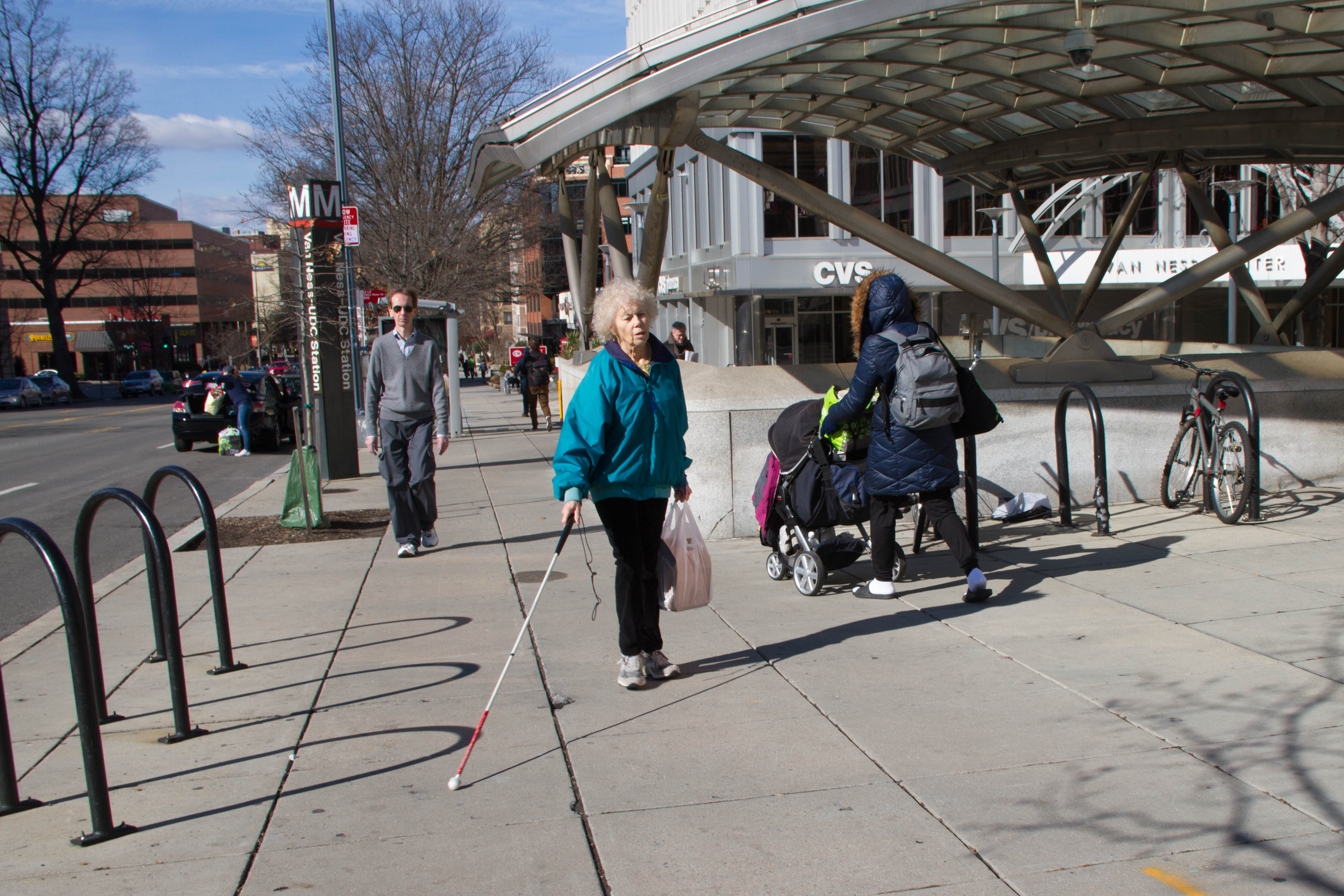
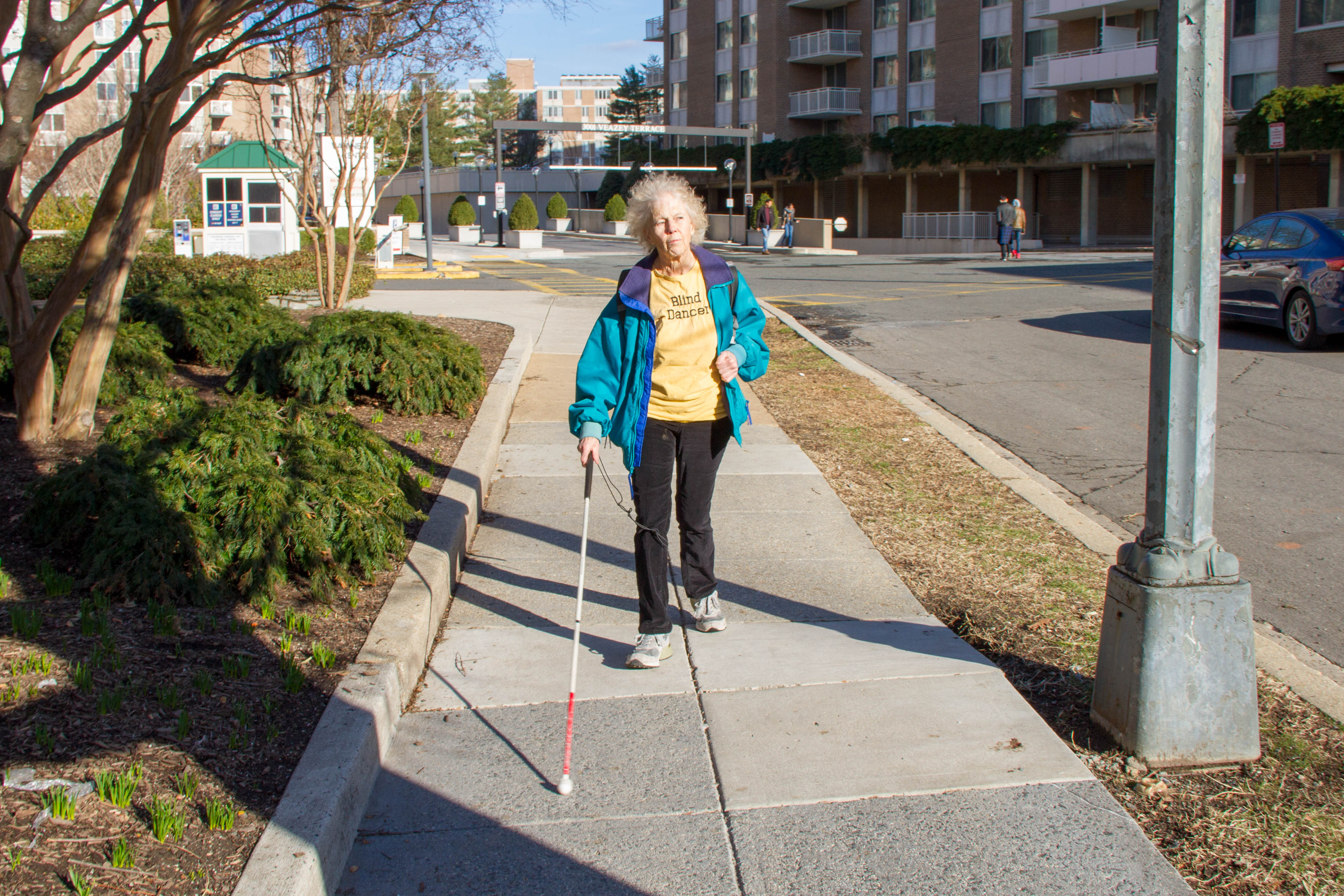
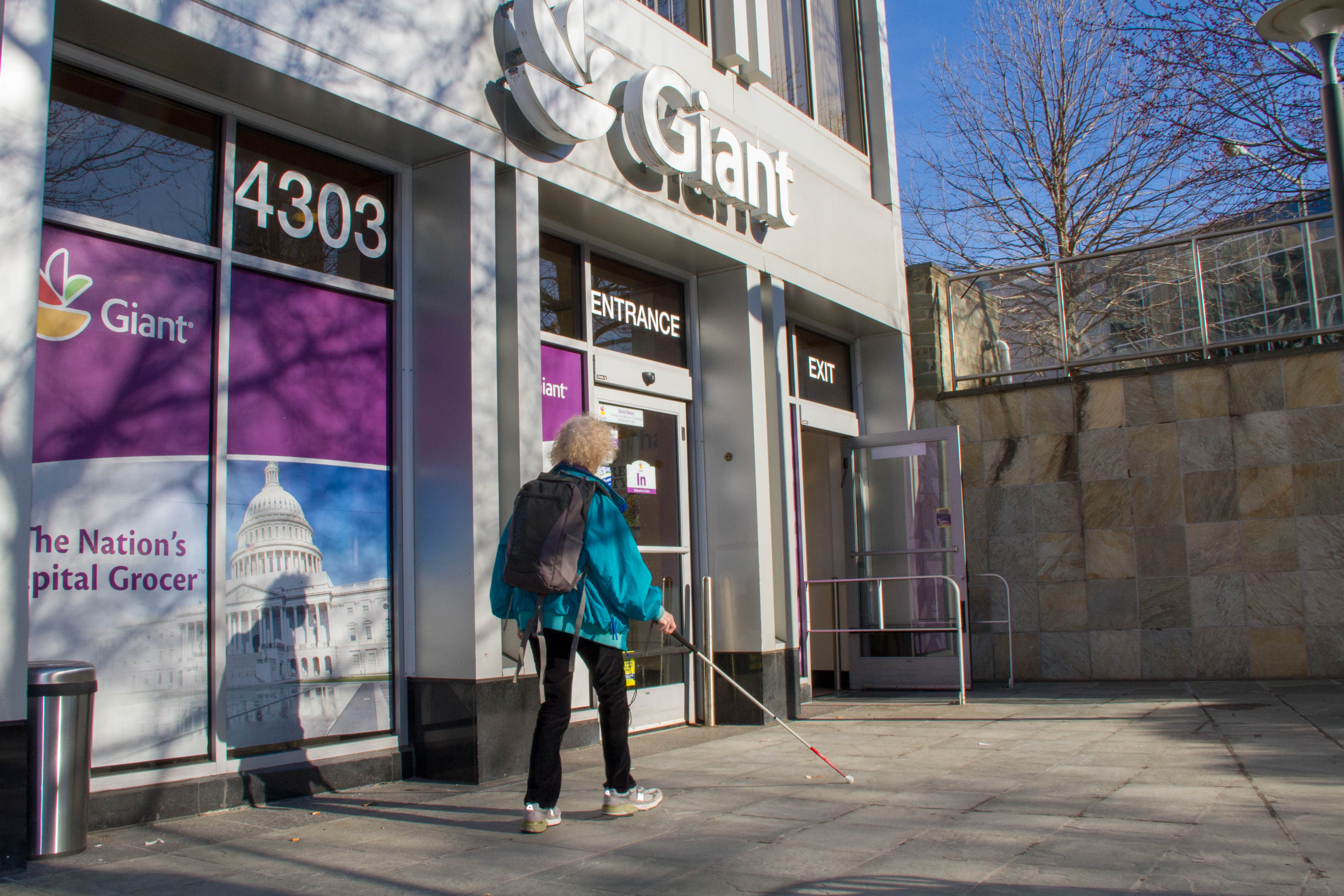
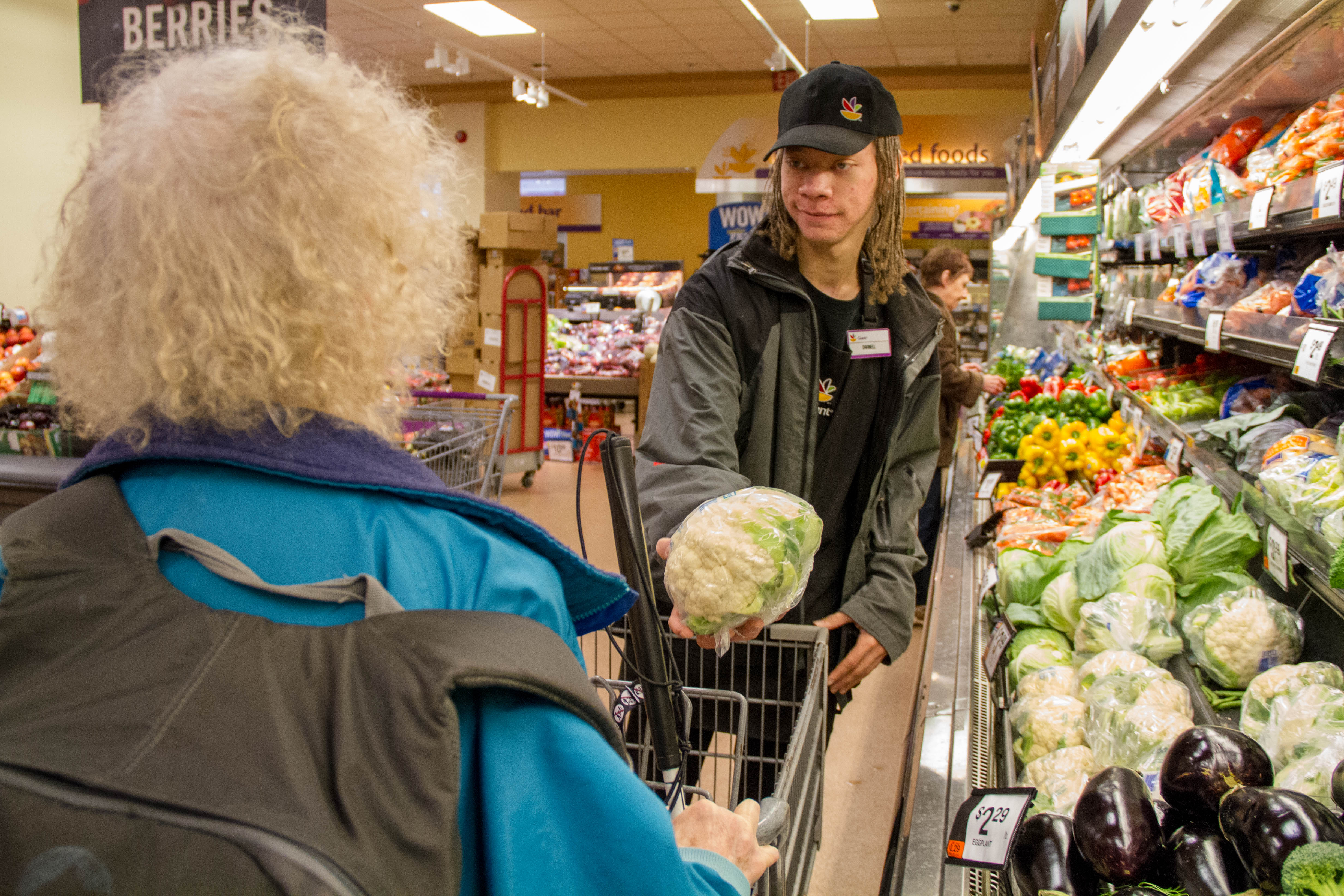

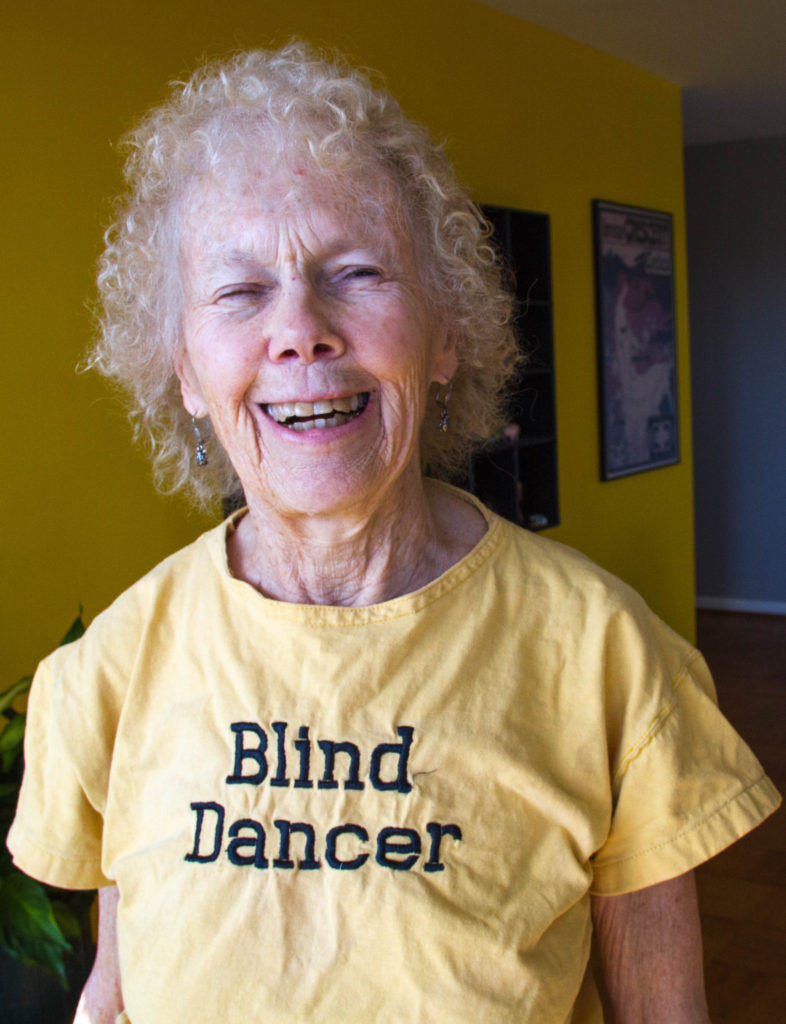
Photography, audio recording, editing, and caption writing by Amanda Mosher
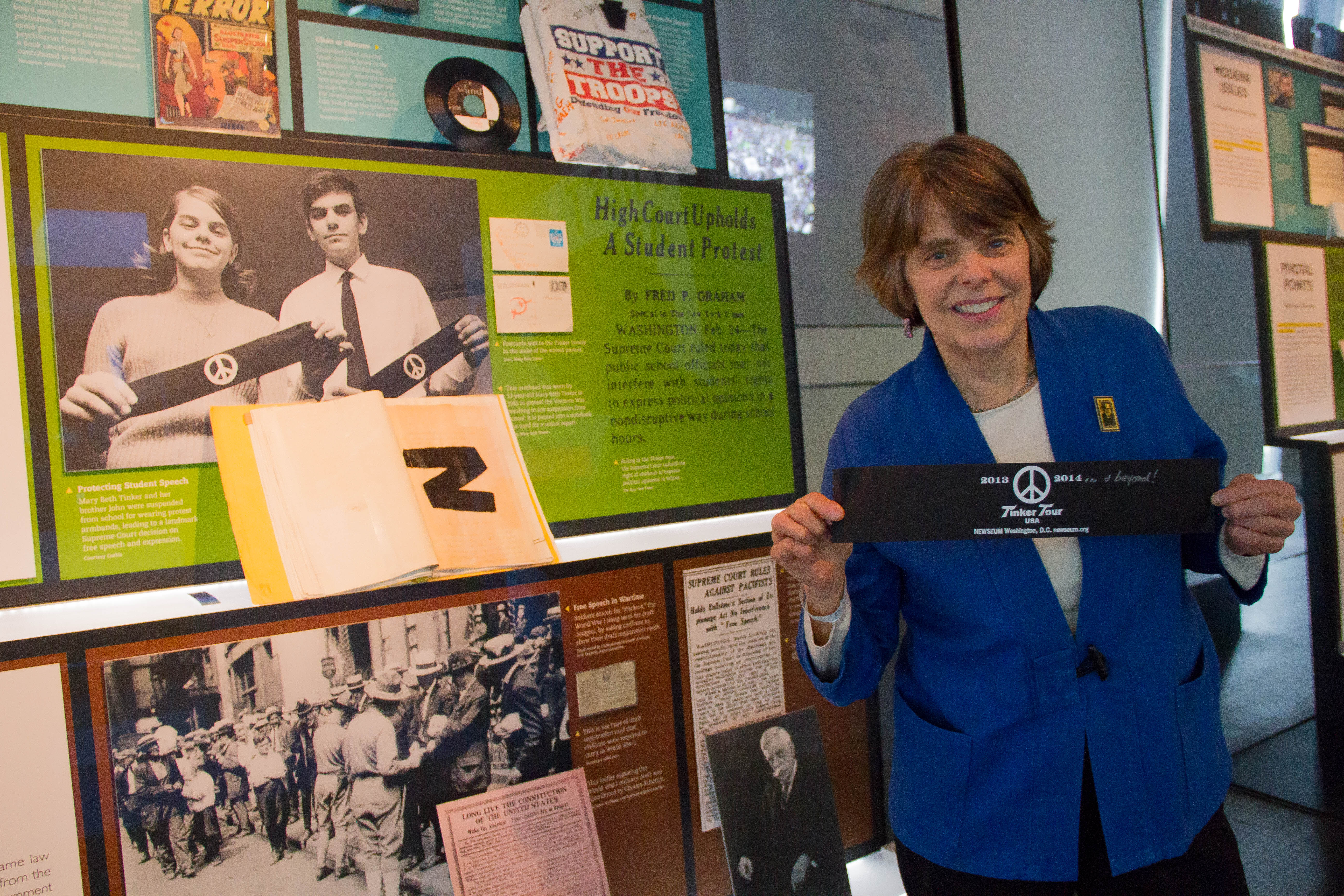
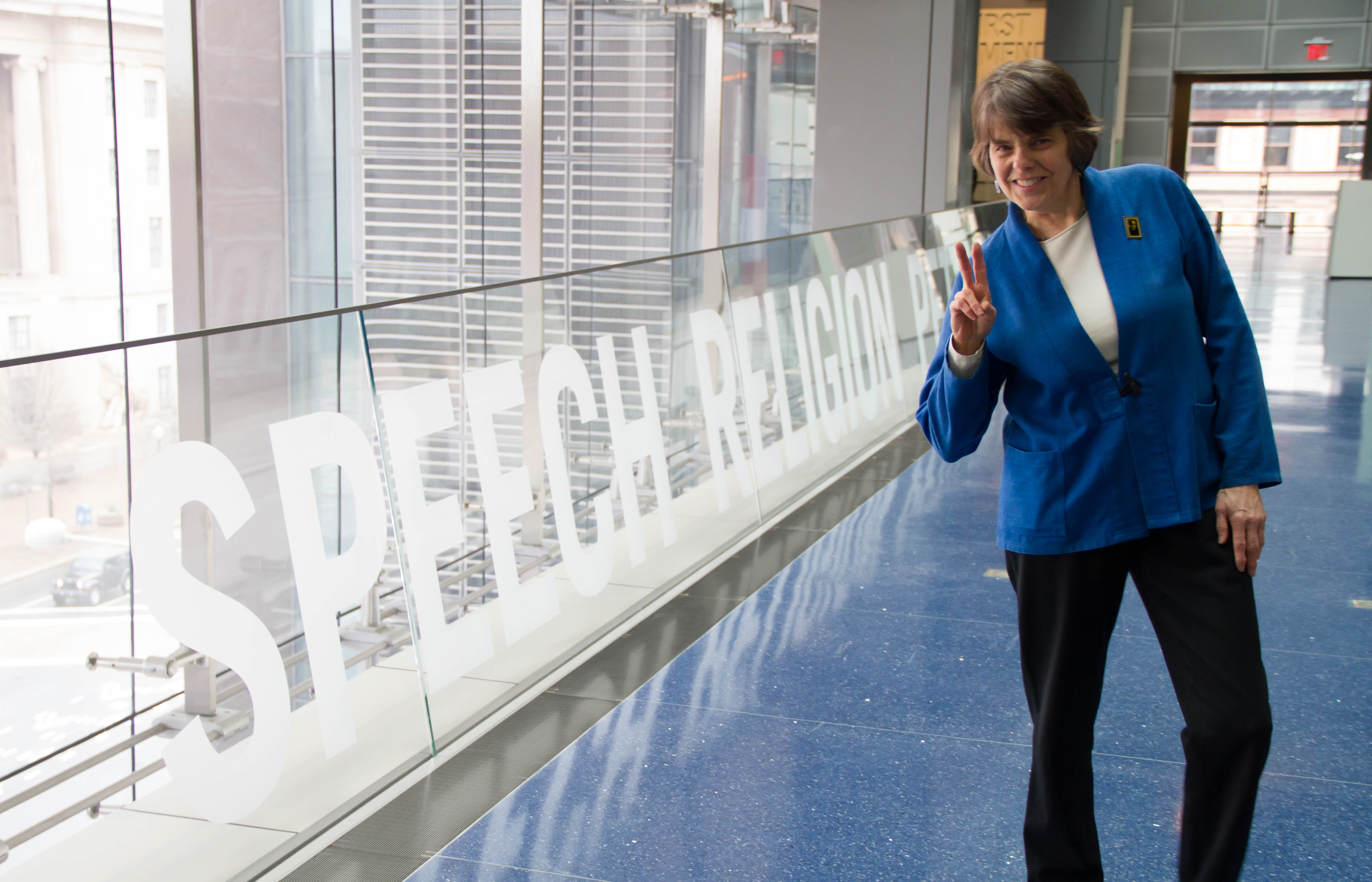

Photography, audio recording, editing, and caption writing by Amanda Mosher
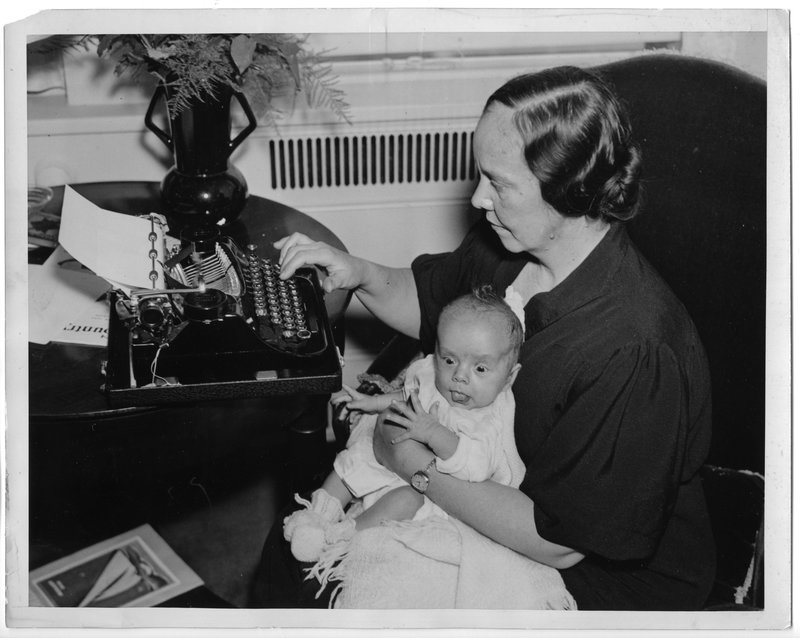
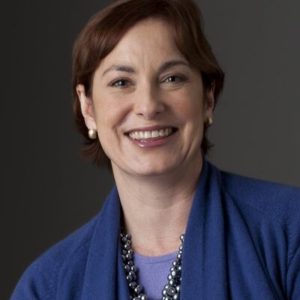 Washington, D.C. – Having recently released her first audio interview series as a producer for Audible, journalist Kitty Eisele reflects on her long career and her concerns for the future of the industry.
Washington, D.C. – Having recently released her first audio interview series as a producer for Audible, journalist Kitty Eisele reflects on her long career and her concerns for the future of the industry.
It’s a story that begins before Eisele was even born. Her roots in journalism stretch back to her grandparents who were writers and farmers in rural Minnesota in the 1920s. She mused, “I sort of fell into it, because it was something that everybody in the family was doing.”
“I sort of fell into it, because it was something that everybody in the family was doing.”
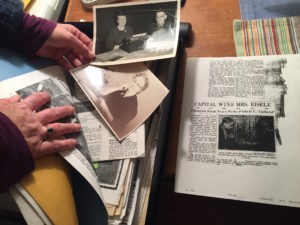
Eisele produced an old black and white photo of her grandmother at a typewriter with a six-week-old baby on her lap while sitting on the floor in her condo surrounded by boxes of keepsakes of her family’s work with her cat named Happy rolling around playfully at her side. The photo had been taken in 1936 during Susan Eisele’s trip to New York City to receive an award from Country Home magazine as their “Rural Correspondent of the Year.” Kitty wrote a story about her grandmother’s achievement for the program “All Things Considered” on National Public Radio. The baby in the photo, Kitty’s father Albert Eisele, grew up to help found the newspaper publication The Hill.
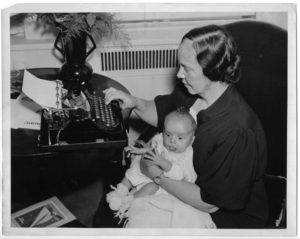
During college, Kitty Eisele worked as a copy aide on the national desk at the Washington Post where her main task was taking phone messages. She described, “It was a really great way to understand who made what happen in Washington, because you knew who was calling which reporters on which stories. And you could start to piece together who mattered, who had information, and how things worked as a puzzle in the city.”
Immediately after graduating college, Eisele moved to New York City to work for Ken Burns on a PBS documentary about the history of Congress for their bicentennial. At the time, Burns was also thinking about starting “The Civil War” movie series. “So, I got hired and that became my next four years. I had no background in filmmaking, and I didn’t know anything about it. Yeah it was pretty crazy,” she recalled pointing out an Emmy sitting on her bookshelf that she received as a producer for “The Civil War.”
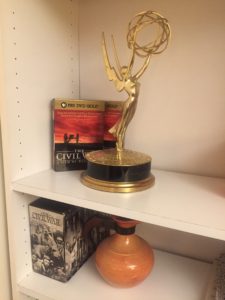
After that experience, Eisele wanted a break from New York City and her role helping to raise money to make documentary films. She had also grown tired of being consumed by the 19th century while working on “The Civil War” and was ready to take on contemporary topics. So, she decided to connect with her Minnesota roots and relatives. “I had always gone there in the summer, and I thought what a great and totally weird place to be after living in New York and Washington, D.C.,” she explained. “Why don’t I try to go out there to write and just see how that goes for a year?”
Having always been a fan of public radio, Eisele applied to Minnesota Public Radio where she became a reporter, producer and editor. She came back to Washington, D.C. in the late 1990s to work at National Public Radio’s headquarters, where she was eventually promoted to senior editor. In 2014, she took a year-long sabbatical to be a Neiman fellow in journalism at Harvard University. Upon her return, Eisele was asked to work the overnight shift for NPR’s Morning Edition program. She turned this offer down and left NPR after almost 20 years. “I was burned out on news. I was like no; I’m too old for this. I’ve done this too long, and there’s nothing else I need to do here.” Also factoring into her decision was her father’s illness and her mother’s recent death.
Eisele is currently working on a number of projects. She teaches a senior seminar in journalism at Georgetown University every other year, freelances for NPR and is a producer for Audible. Her first series for Audible, titled “In Conversation,” launched November 10. The project is an interview style show hosted by Jim Wallis, an evangelical minister and social progressive. One of the guests has been the author Margaret Atwood who spoke about religious fundamentalism and how that shapes politics in her book The Handmaid’s Tale.

Considering her future as a journalist as well as the future of the field itself, Eisele reflected on how her media career began working on the Ken Burns’ film series “The Civil War,” which was one of the first major events to be photographed. “It makes a big difference if someone can see a photo of somebody being killed on a battlefield versus just hearing the news,” Eisele observed. “And it actually did make a big political difference when photos of the battle of Gettysburg were shown in New York, because people had no idea what it looked like. It caused a huge riot.” Eisele is interested in how the media shapes the way people get information. “The medium itself can be really transformational – not just the content that we’re telling.”
“The medium itself can be really transformational – not just the content that we’re telling.”
Journalism has changed significantly since Eisele first stepped into the field in the 1980s. At the time, Washington, D.C. had a morning and evening newspaper and three evening TV news shows. “Now anybody can produce, create or disseminate ideas with no barrier to entry,” she notes. “All you need basically is a phone, and you can make yourself a Twitter celebrity and suddenly you have authority. Your celebrity equates to your authority in a way that these gatekeeping institutions used to.” She points out how these types of internet celebrities don’t have newsrooms that research and fact check information with the objective of creating an adequate representation of what happened. “In good ways, there are more people that can help you find out what’s going on in the world. But in bad ways, I think that the misinformation that’s out there is massive.”
“In good ways, there are more people that can help you find out what’s going on in the world. But in bad ways, I think that the misinformation that’s out there is massive.”
The 2017 Top Markets Report on Media and Entertainment from the U.S. Department of Commerce and the International Trade Administration supports Eisele’s observation. It lists the “consumer as creator and industry driver” as one of the key trends of 2017. According to the report, “Besides, convergence, which can consolidate power in the hands of a few major corporations, the industry is still evolving from a physical marketplace to a digital economy where consumers create and publish content, and drive industry executive-decision making.”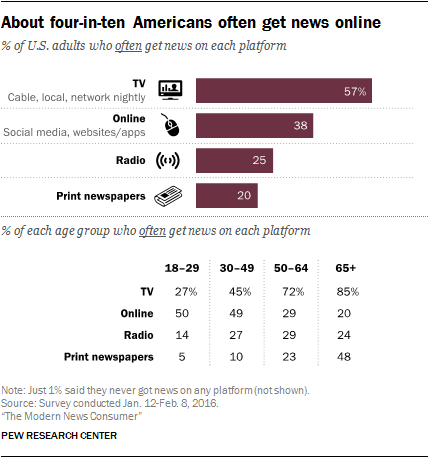
The economics of journalism has also significantly changed since the 1980s. “It’s of deep concern to me that the advertising model got sabotaged because of the internet,” she lamented. “There’s no reason that a car dealership needs to pay the Washington Post to run its ads when–if you click on a car dealership’s link, they’ll automatically be feeding you ads on every site you go to. So, it’s undercut the revenue model for newspapers.” Additionally, far more people are getting their content on the internet instead of purchasing newspapers. “As of early 2016, just two-in-ten U.S. adults often get news from print newspapers,” states the Pew Research Center. “So, you have a crisis moment for things that actually do tell us the best approximation of something true and factual,” Eisele observes. “I can’t say that Kim Kardashian necessarily has that capacity.”
“You have a crisis moment for things that actually do tell us the best approximation of something true and factual.”
The Pew Research Center’s “Newspapers Fact Sheet” from June 2017 shows a sharp drop in revenue for all the publicly traded U.S. newspapers combined starting around 2008. While this trend aligns with when the financial crisis of 2007-2008 occurred, journalism never recovered. Instead, its revenue continued to drop dramatically. According to this fact sheet, “Publicly traded U.S. newspaper companies now number seven and account for around a quarter of all U.S. daily newspapers, from large national papers to mid-size metro dailies to local papers.”
Eisele’s fellowship program at Harvard University focused on some of these issues and explored ways to secure journalism’s future by re-energizing the field and finding new models to pay for it. While the industry is still experimenting with addressing these challenges, she found that some of the places that are currently doing the most invigorating work are non-profits, which are financed by foundations, donors, and members. As an example, she cited ProPublica, which is known for deep dive investigative reporting on national issues like criminal justice reform and the environment.
As a Neiman fellow, Eisele worked within teams to explore ways to solve more specific issues in journalism. One example was how to make commenting a useful way to interact with articles online. Her group worked with two software engineers to create a system where comments were made language sensitive to reflect emotions before the comment posted. Inflammatory words would turn red and emoticons would appear that showed anger. Swear words would be covered with sparkling kittens and butterflies to make light of them. Constructive and complimentary comments would show stars. “So, the idea was that the words themselves would show you the emotional content behind the word,” Eisele explained. “It was going to cue you to be constructive and to chill out a little.” Such an idea could be used to counteract trolling and cyberbullying as well.
Eisele also points to the assault on truthful reporting and the widespread dissemination of misinformation through popular digital platforms as imperiling the future of journalism. She wants to see social media companies reform their policies on their role as content providers. “If Facebook wants to be this neutral place where everybody can park their ideas, they have more responsibility. In the way that public newspapers think of themselves as public trusts, I think they need to grow up. Twitter too,” she prescribed.
The Pew Research Center’s article “The Future of Truth and Misinformation Online” reports that experts are evenly split as to whether the proliferation of misleading narratives, often called “fake news,” on the internet will continue at the same rate in the coming decade. “Those forecasting improvement place their hopes in technological fixes and in societal solutions,” the article states. “Others think the dark side of human nature is aided more than stifled by technology.”
However, Eisele also sees unique benefits that digital media provides to create communities galvanized by a social issue such as the Arab Spring in 2010 and the Women’s March in January of 2017. “These are things that couldn’t have happened 10 years ago. Whether or not it’s digital news, it’s certainly a digital environment that has allowed massive mobilization of people around interest groups.”
“Whether or not it’s digital news, it’s certainly a digital environment that has allowed massive mobilization of people around interest groups.”

When contemplating the future of digital journalism, Eisele also hopes that the industry finds ways to become more inclusive and accessible to all age groups as opposed to just catering toward those in the millennial generation. A May 2017 report from the Pew Research Center finds that just 26 percent of internet users ages 65 and over feel very confident using electronic devices to do things online compared to 74 percent of those aged 18-29.
Eisele returns to thoughts about her family’s long legacy in journalism and considers her own aging father’s online news consumption. “My dad can get it on his computer, but he keeps losing his password. And this is a guy who ran newspapers for years,” she points out. “I really hope that journalism organizations think of themselves as serving everybody and not just getting gadget happy.”
“I really hope that journalism organizations think of themselves as serving everybody and not just getting gadget happy.”
Additional content: Listen to the audio below to hear journalist Kitty Eisele discuss her concerns about the use of analytics to measure audience consumption.
Writing, photography, audio recording by Amanda Mosher